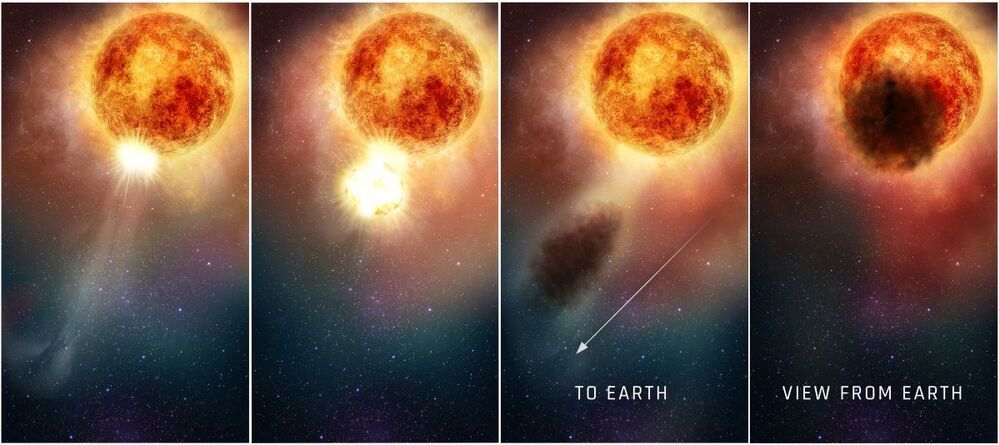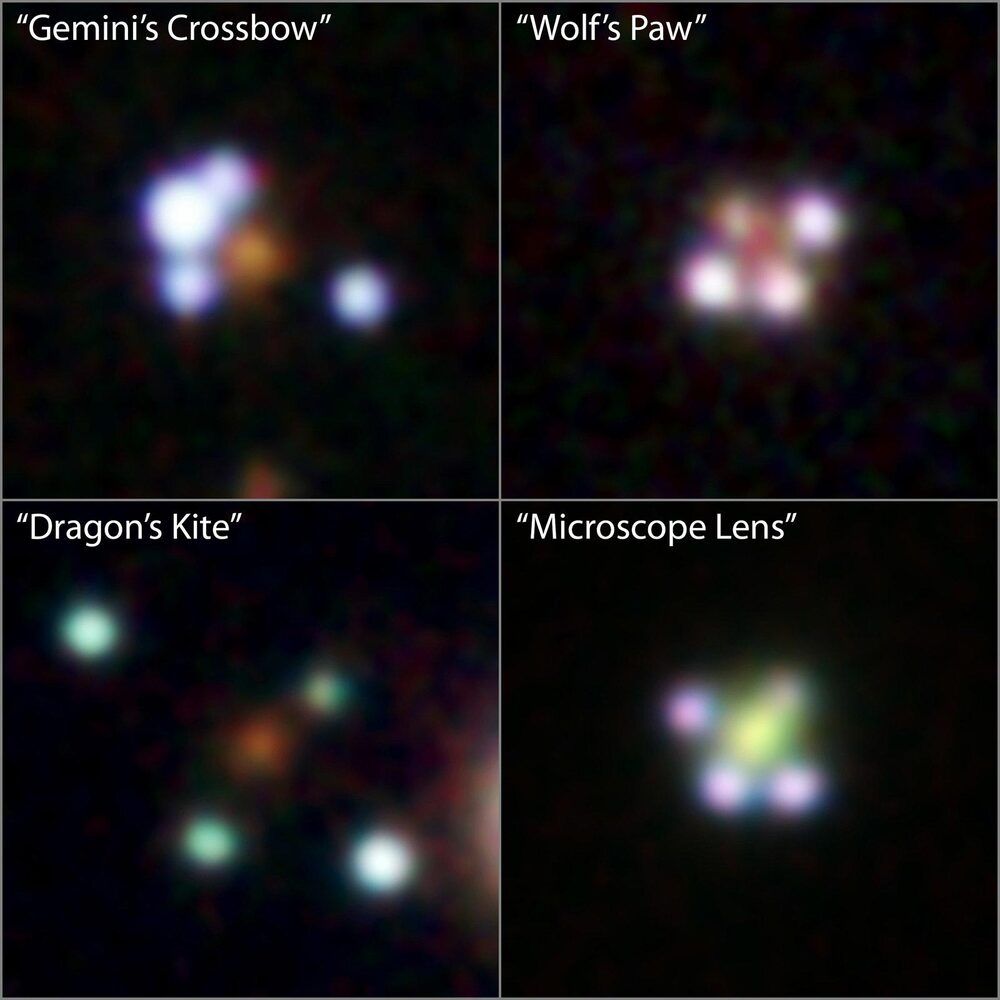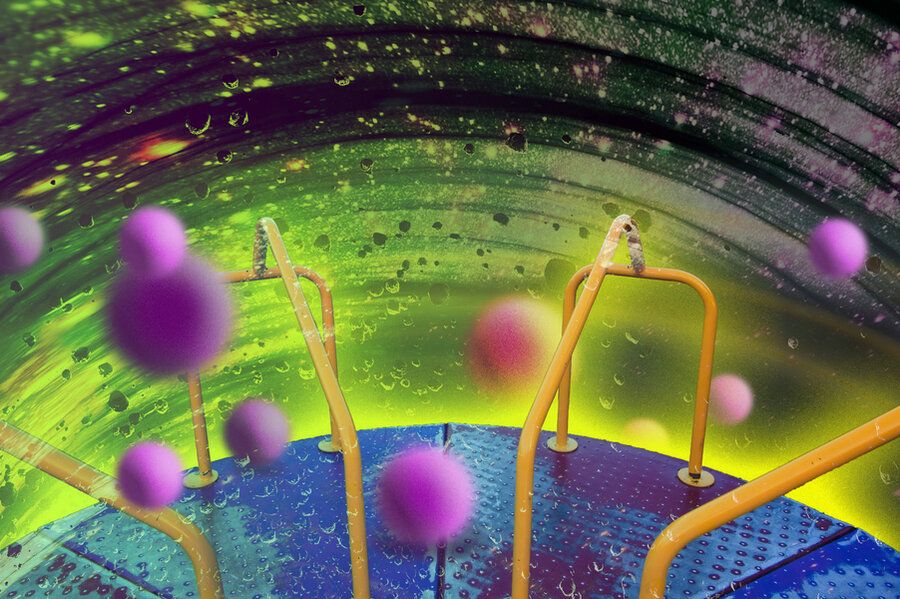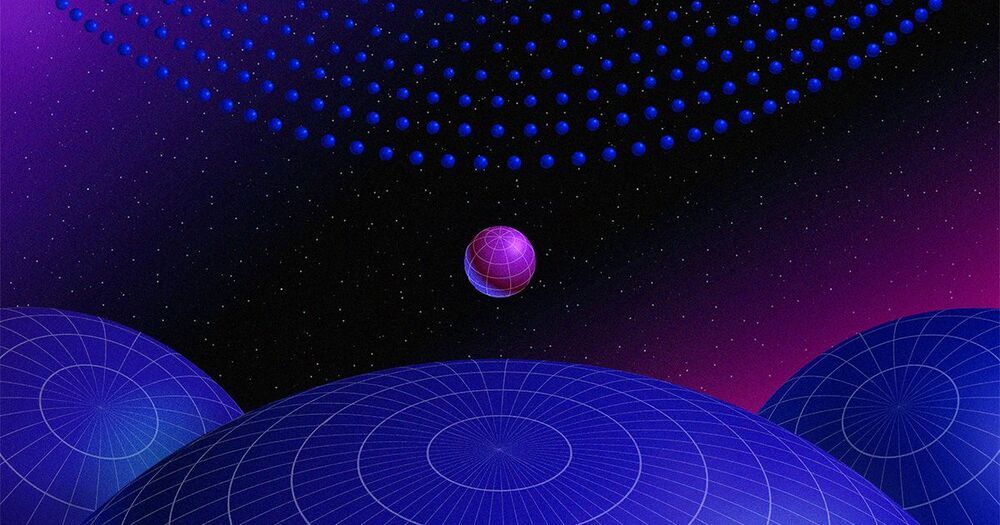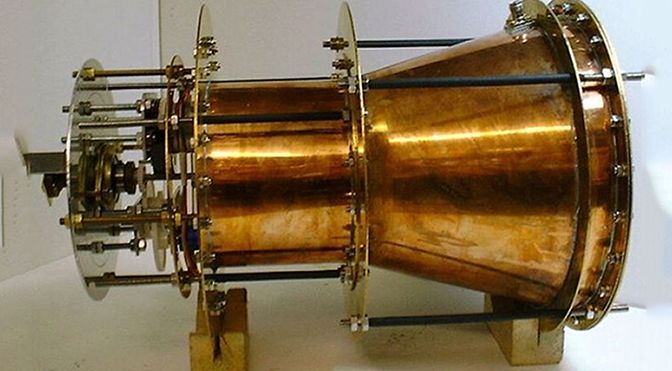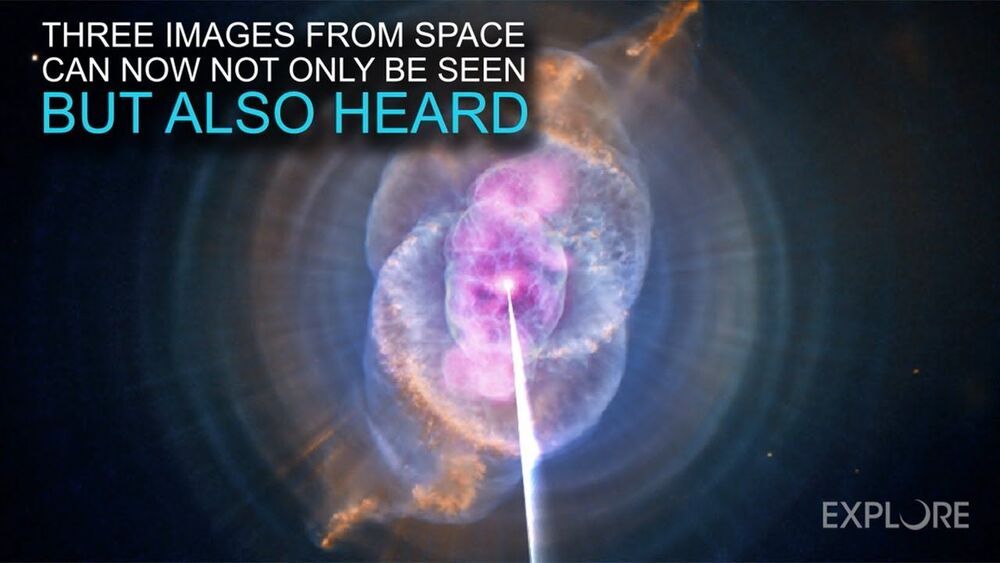Apr 21, 2021
Black hole is closest to Earth, among the smallest ever discovered
Posted by Saúl Morales Rodriguéz in category: cosmology
Scientists have discovered one of the smallest black holes on record—and the closest one to Earth found to date.
Researchers have dubbed it ‘The Unicorn,’ in part because it is, so far, one of a kind, and in part because it was found in the constellation Monoceros—’The Unicorn.’ The findings are publishing today, April 21, in the journal Monthly Notices of the Royal Astronomical Society.
“When we looked at the data, this black hole—the Unicorn—just popped out,” said lead author Tharindu Jayasinghe, a doctoral student in astronomy at The Ohio State University and an Ohio State presidential fellow.

